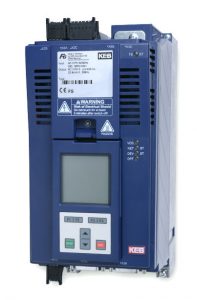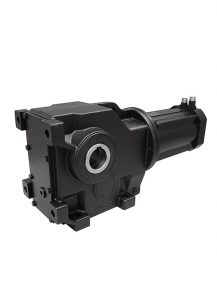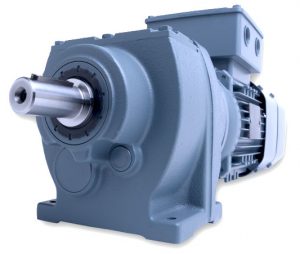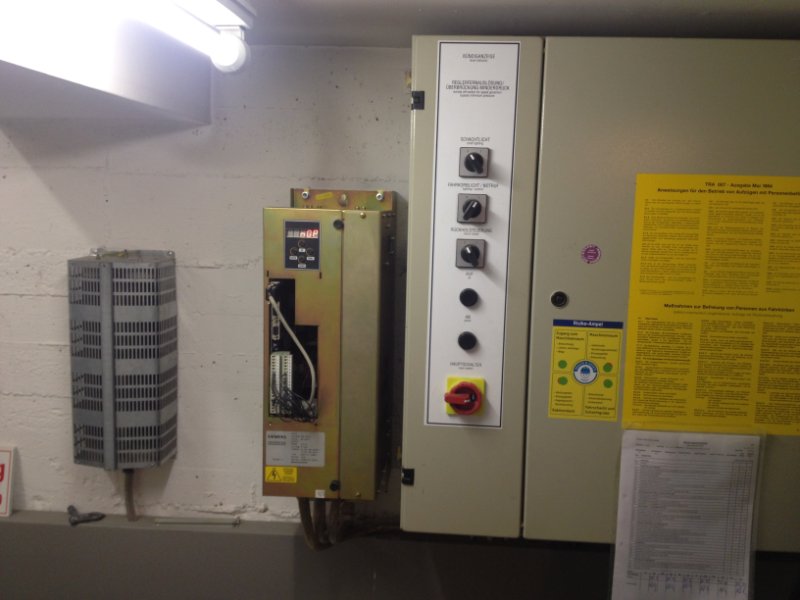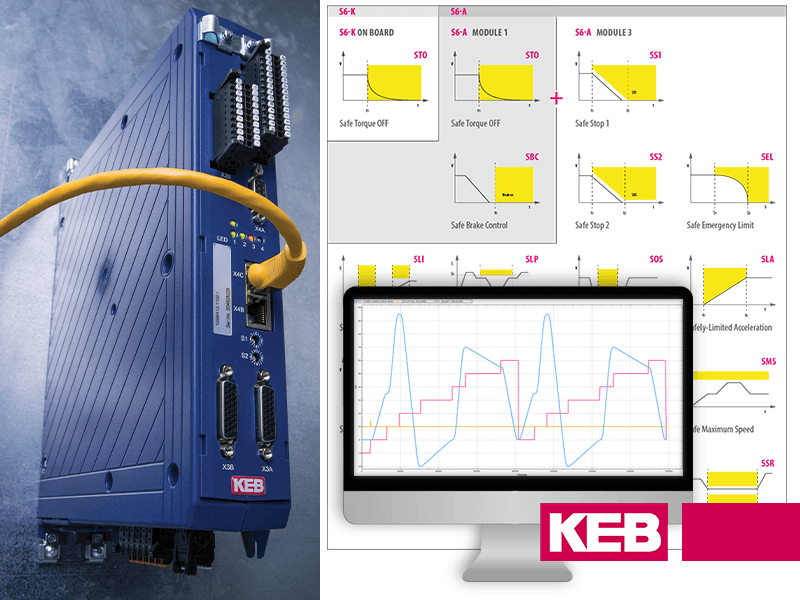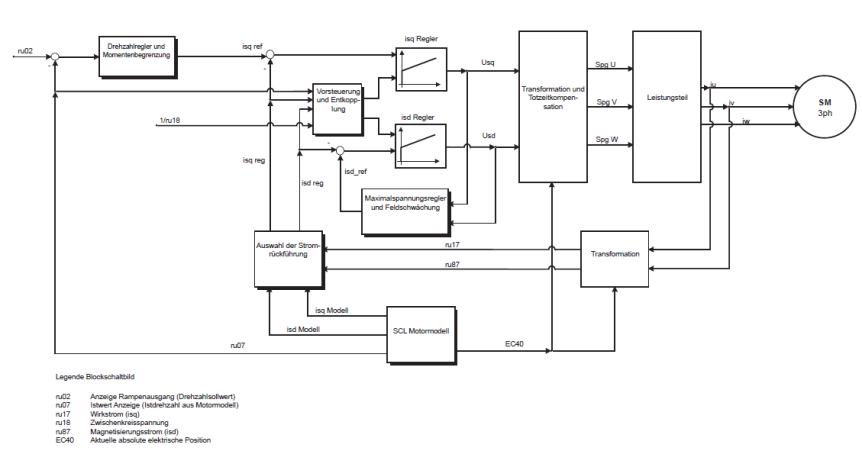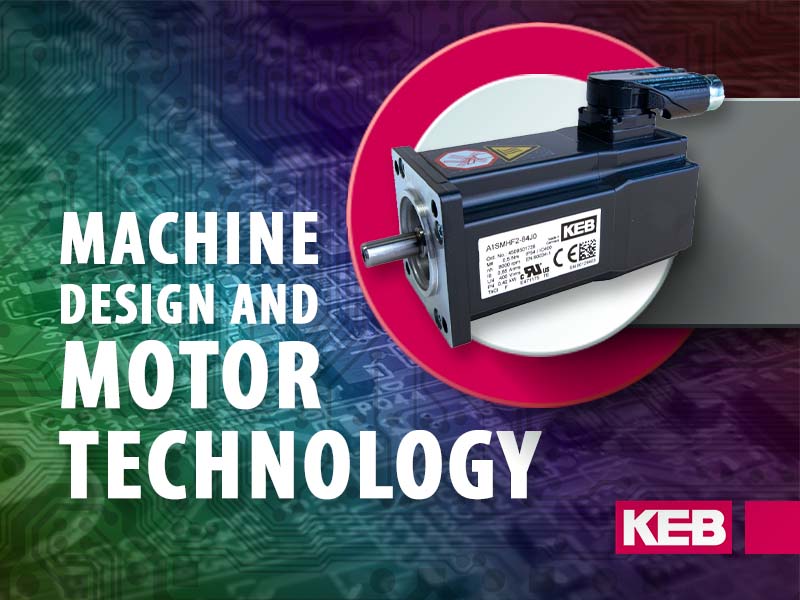Addressing the Energy Crisis through Motor Efficiency and Automation Technology
The rising energy costs have been a big topic globally during the last year, and it looks like it will continue. Governments have long understood that electric motors are a large consumer of electrical energy globally and have been working to adopt legislation to increase motor efficiency.
In addition to increasing motor efficiencies, there is an increased focus on looking at systems holistically. It means adopting new control architectures and using products like VFDs and efficient mechanical gearing. Higher-efficiency motors and other automation components often come with a higher upfront cost. Some local and federal governments incentivize users to adopt VFD and related products by offering utility rebates. In addition to the efficiency regulations, rebates are another lever governments use to reduce energy consumption.
Motors as the Largest Consumer of Electrical Energy
The International Energy Agency (IEA) comprises over 20 member countries, including the United States, Canada, and Germany. Upon founding, its principle mandates were (and still are):
- To promote energy security amongst its member countries through collective response to physical disruptions in the oil supply.
- Provide authoritative research and analysis on ensuring reliable, affordable, and clean energy for its member countries.
Sound familiar? With the recent events, the IEA’s goals to promote energy security are as relevant now as ever. In 2011, the IEA published a 132-page “Energy Efficiency Policy Opportunities for Electric Motor Driven Systems” document. The IEA identifies electric motor-driven systems as the largest consumer of electricity globally by a wide margin – more than twice as much as the next largest end-use, lighting.
Naturally, reducing the energy consumption of electric motors became strategically important. The IEA identified three significant routes to achieve energy savings:
- Use of adequately sized and energy-efficient motors.
- Use adjustable speed drives (ASDs, a.k.a. VFDs) to match motor speed and torque. Specifically, using VFDs to replace throttling devices.
- Optimization of the complete system. It includes a correctly sized motor, pipes, ducts, efficient gears, etc.
Legislation to Increase Motor Efficiencies
Motor manufacturers have known how to increase motor efficiencies for many years now. The motor efficiency can be increased by increasing the amount of copper in the motor windings and using higher-grade electrical steel laminations. However, the required additional copper and steel causes the high-efficiency motors to cost more upfront.
Decades ago, motor manufacturers let their customers decide which motor technology was best for their application. Manufacturers typically offered a “standard efficiency” motor option and a “premium efficiency” motor with a higher price tag.
Many motor vendors tried to educate their customers that the upfront cost of a motor was a relatively small portion of the motor’s lifetime cost when considering the lifetime operating costs.
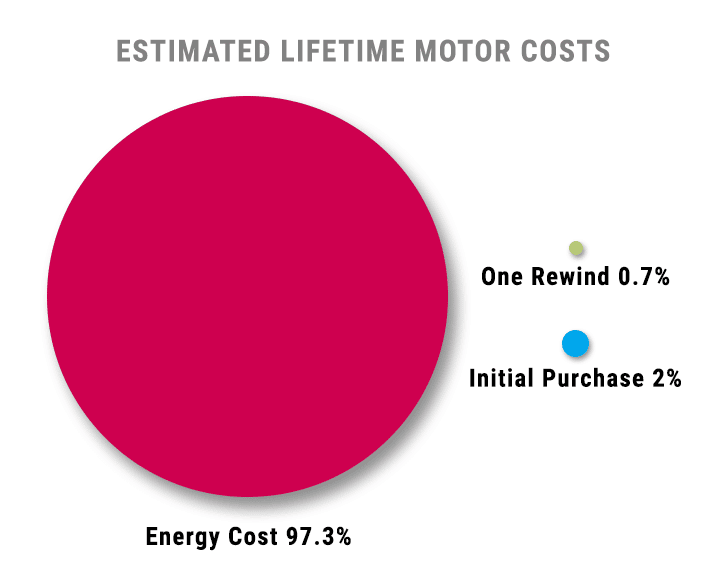
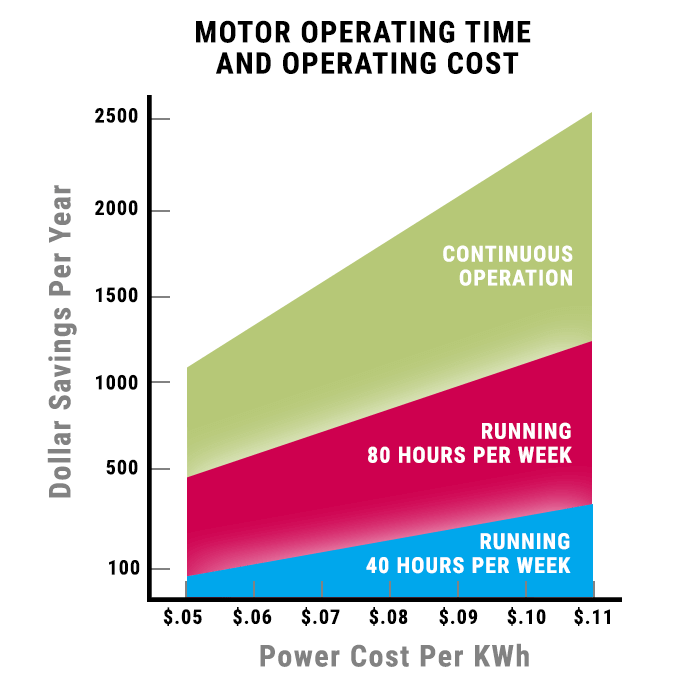
The member countries behind IEA forced the adoption of more efficient motor technologies through legislation. They defined new efficiency targets for manufacturers to meet, like various motor powers and release dates. For example, the IE guidelines referenced in the IEA paper are below. The older IE1 efficiency levels eventually migrated towards IE3 and IE4 levels. Some motor suppliers are even ahead of the mandate and offering IE5 motor solutions.
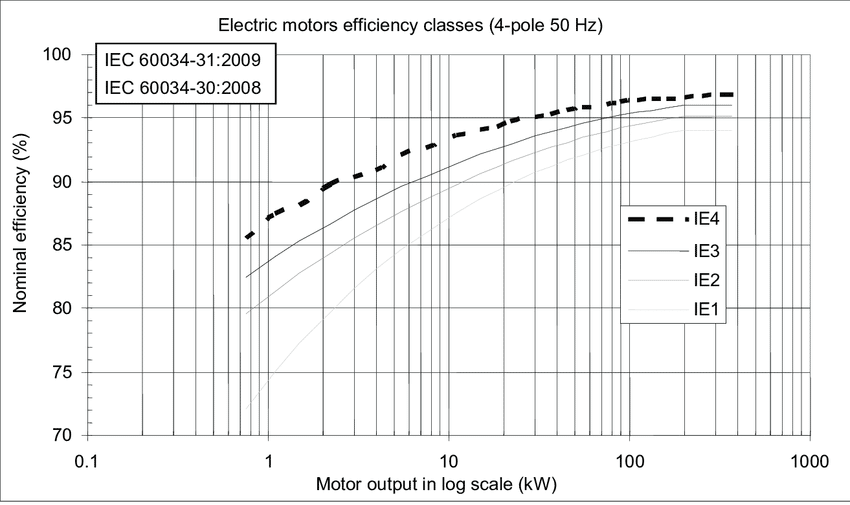
Over the past ten years, motor manufacturers have been introducing new designs to meet efficiency requirements. It can be frustrating to OEM machine builders and users since the newer motors are often larger and might require system redesigns to house the motor package physically. Higher efficiency motors might also have different operating characteristics, like a higher starting current, meaning electrical cabinets might need to be redesigned or VFDs reprogrammed.
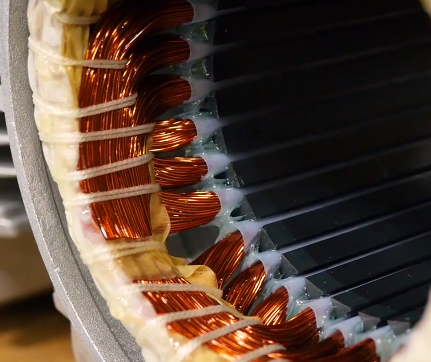
Use of VFDs
Another initiative of the IEA was to consider the system’s efficiency. Mainly, this focused on using VFDs with a motor instead of direct-on-line (DOL).
Using a VFD can significantly decrease the amount of energy consumption in industrial applications. It is especially true for fan and pump applications which make up over 60% of all electric motor applications. Traditionally, fan and pump motors were operated DOL at a fixed speed regardless of the actual loading.
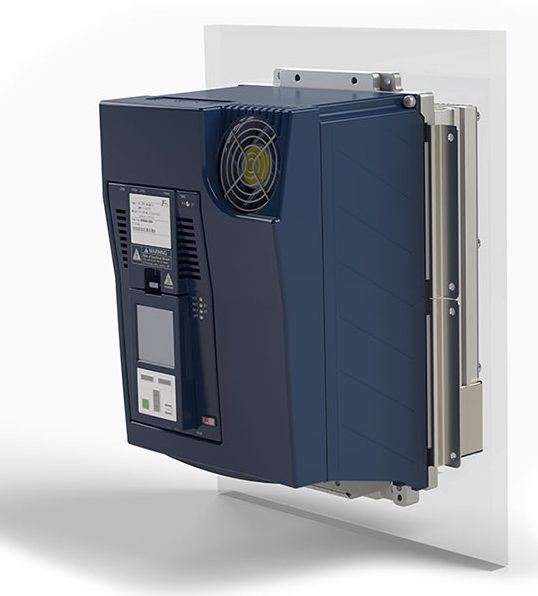
Dampeners and throttle valves achieved the required output. However, these devices create a lot of system losses, mainly if the systems operate at reduced capacity. VFDs control the motor’s speed and adjust to the system requirements dynamically. The net result can be a dramatic reduction in energy consumption – again, especially for fan and pump systems that often run continuously.
System Efficiency – Energy-Efficient Technologies
Another focus was to consider other components, like the mechanical system, to increase the total system efficiency. Mechanical gearing is often used along with motors to achieve the desired output torque and speed. “Older” gearing technology like worm gears are roughly 50-60% efficient. Other gearing options like helical, bevel and planetary gears approach 90-98% efficiency. Therefore, moving towards these high-efficiency gearing options dramatically affects system efficiency. Some markets, like the Plastic Machinery and Elevator industries, have gone one step further and adopted gearless motor technology. These motors use a high pole direct drive PM motor and no gearing.
Another system component for energy-efficient systems is regenerative drives. Cyclic and lifting applications like centrifuges and hoists will regenerate system energy as the load is lowered or decelerated. Traditionally, this regenerated energy bled off a braking resistor as heat. A regenerative drive recaptures this energy and returns it to the building or utility company, where other electrical loads consume it. When using a Regenerative drive, the different components (motor, gearing) must also be very efficient, dramatically affecting the amount of energy returned to the system.
As discussed, the move to more efficient motors and adding components like VFDs or Regen drives adds upfront costs. The idea is that this upfront cost is more than offset by the energy savings achieved over the system’s lifetime.
Local and federal governments in the United States are helping industrial customers offset some of this upfront cost by offering local electrical utility company rebates. Check with your local utility to see if you qualify for a rebate.
Summary
Energy efficiency is only going to become more important with time. Governments realized this and have focused on increasing the efficiency of motors through legislation. Additionally, there is a consideration of the holistic view of applications.
Increasing system efficiencies is possible by using energy-efficient motors and leveraging technologies like VFDs, efficient gearing, and Regenerative drives. In some cases, other incentives in the form of rebates are used to encourage industrial users to adopt or upgrade to new energy-efficient technologies.
Sources
https://www.iea.org/reports/energy-efficiency-policy-opportunities-for-electric-motor-driven-systems
Let's Work Together
Connect with us today to learn more about our industrial automation solutions—and how to commission them for your application.
